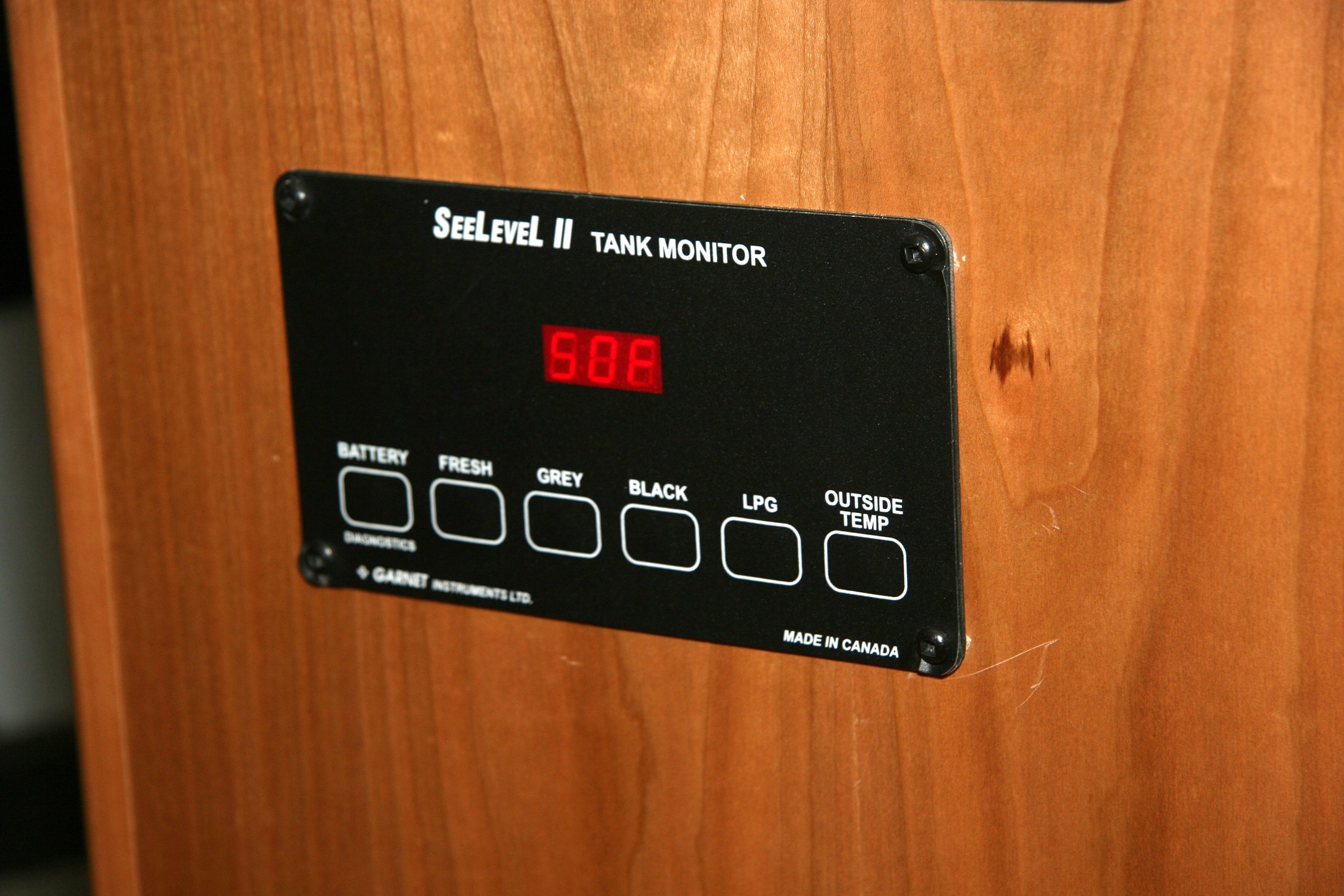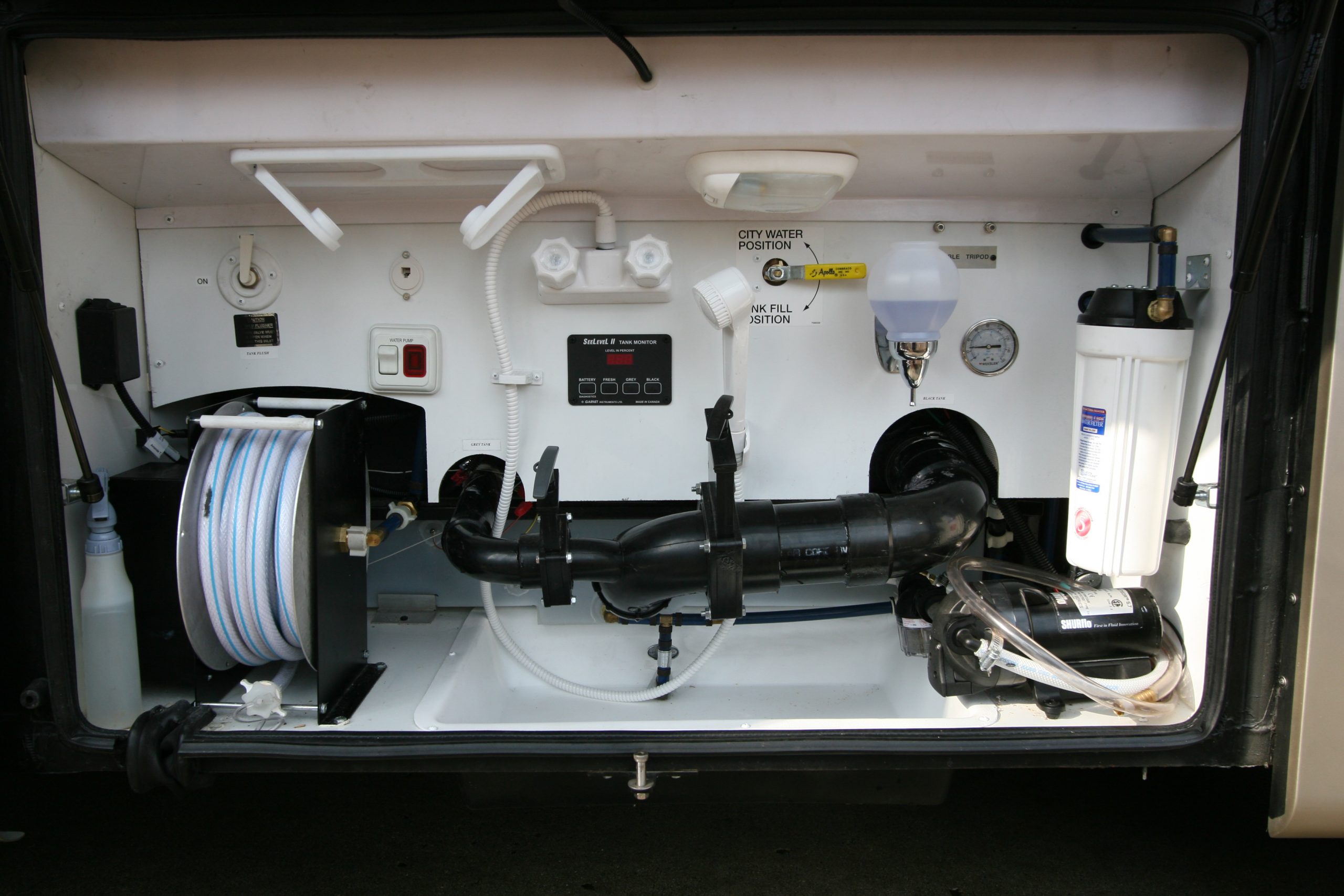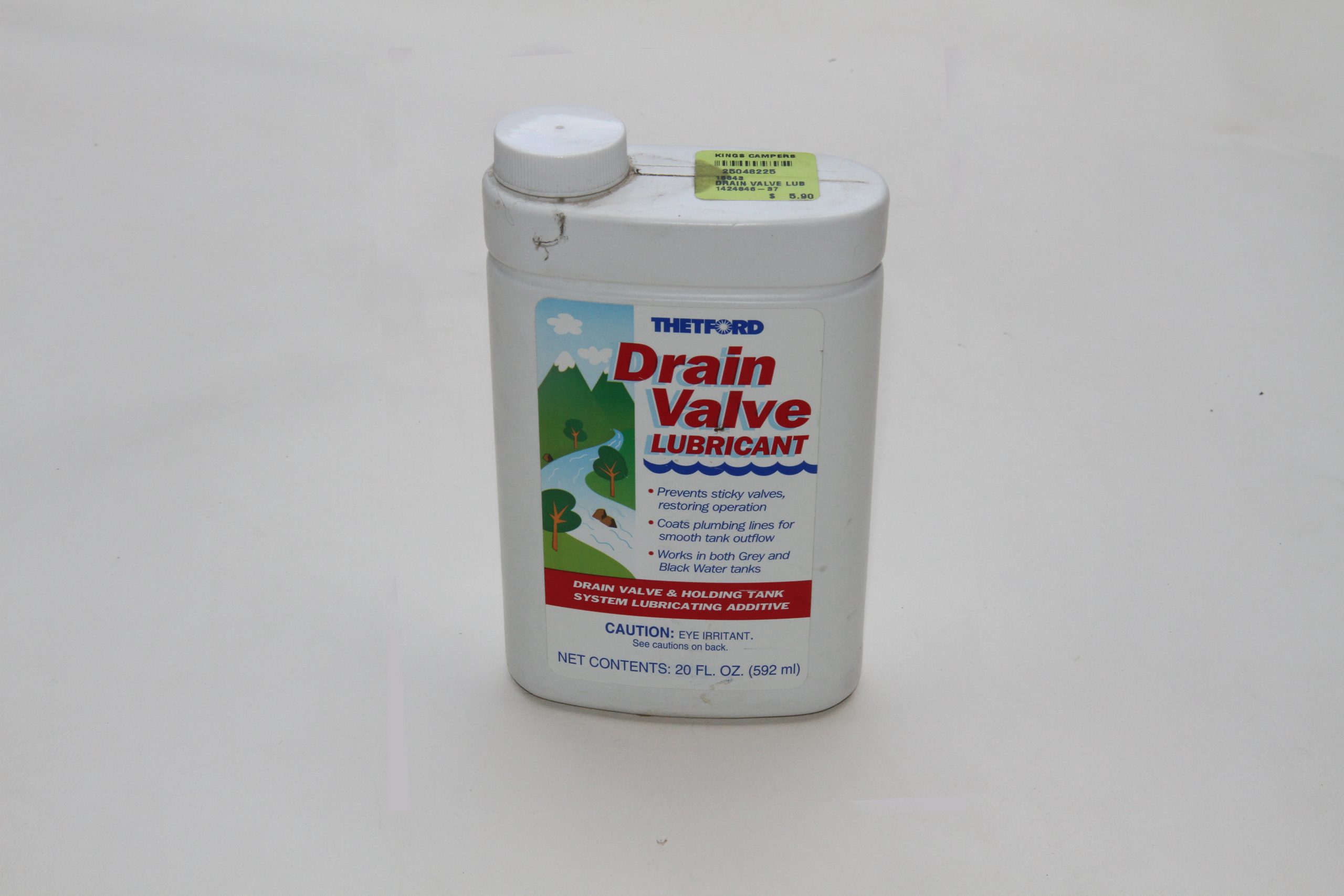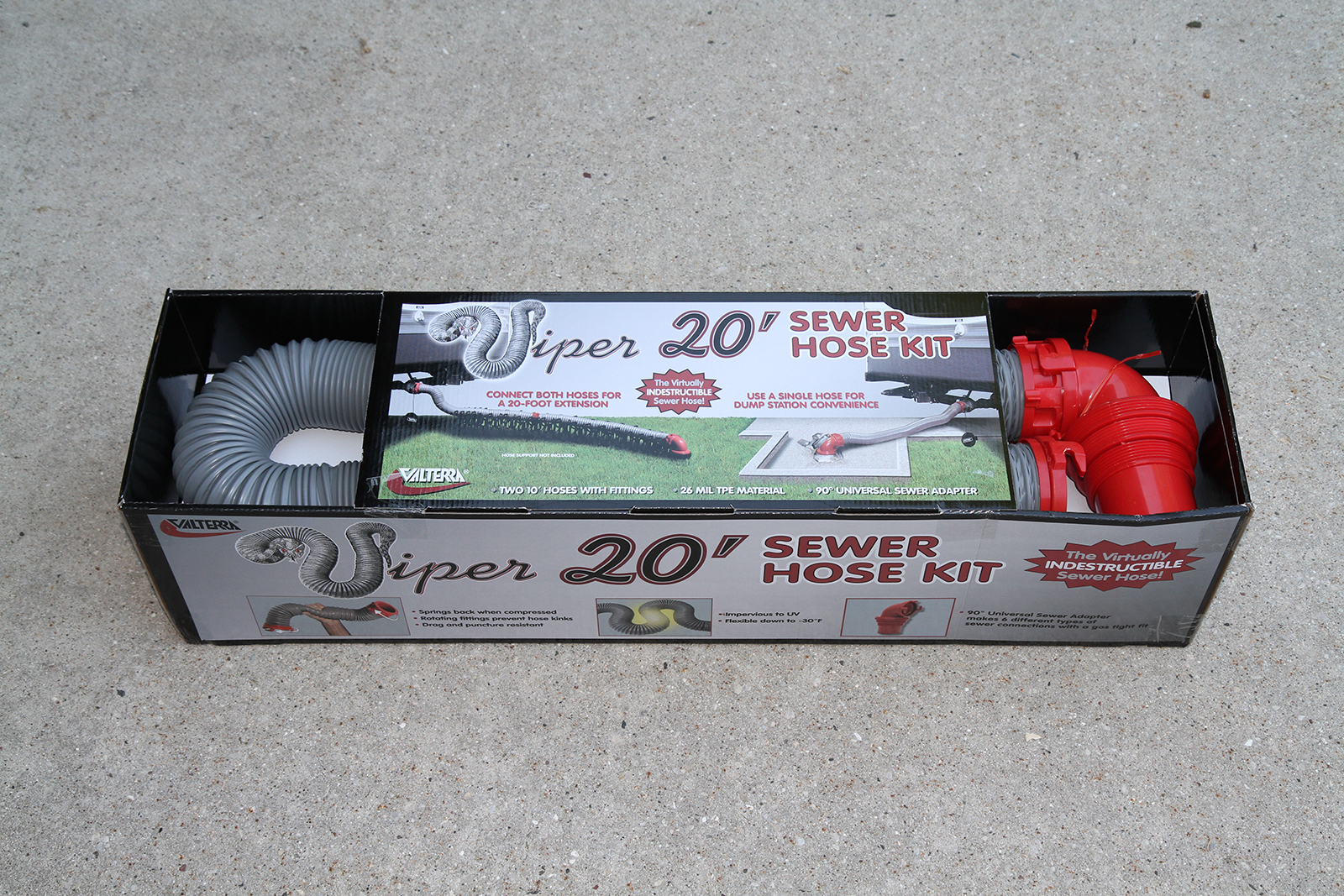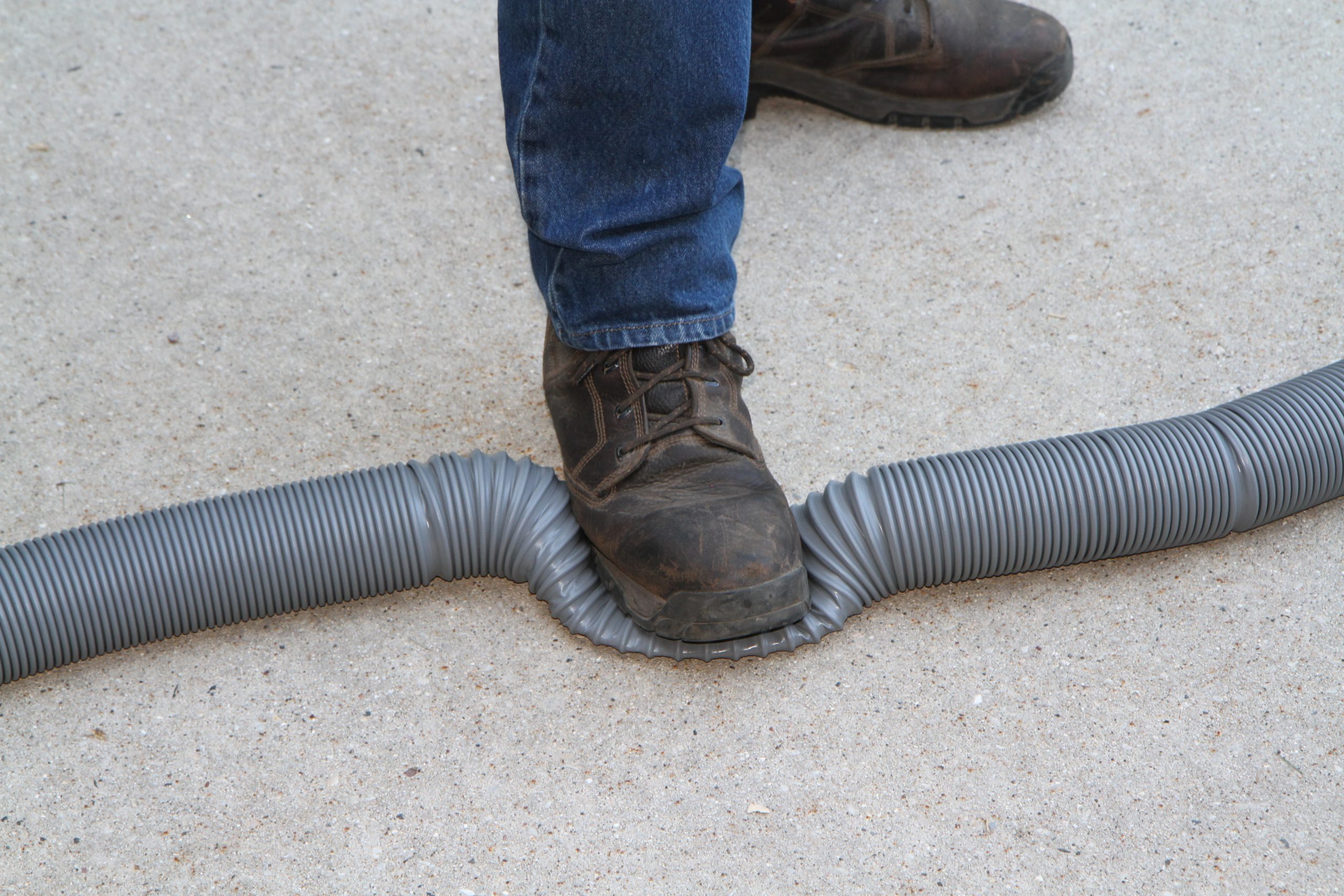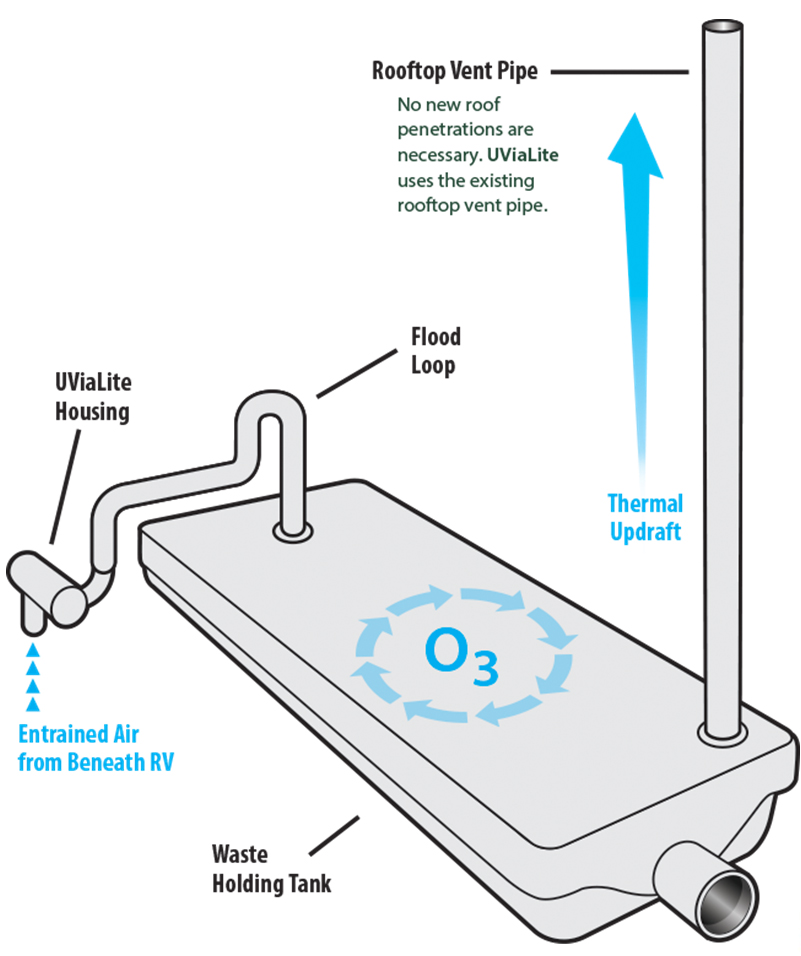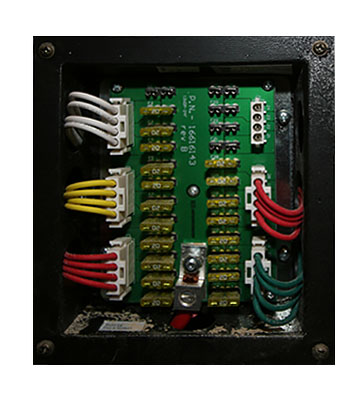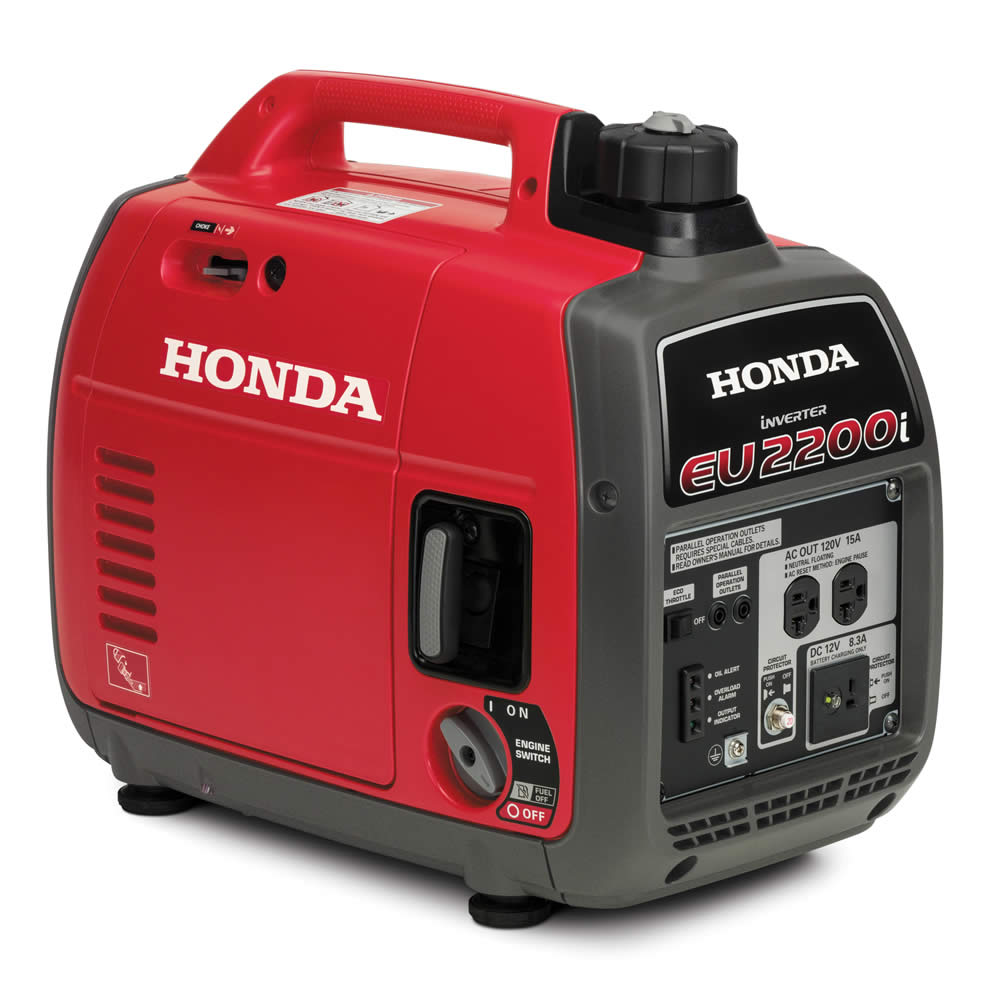One of the great benefits of traveling in an RV is that you can bring the comforts of home along with you. For instance, it is easier to get a good night’s sleep when you always have your own bed and pillows. My husband and I like being able to carry extra clothing and equipment for the various activities we enjoy such as hiking, biking, and pickleball. We also enjoy having photos, mementos, and favorite items that we cherish along with us. While all of these are great comforts of home, our #1 favorite is being able to make home cooked meals wherever we go.
Why Cook in Your RV?
We’re surprised by how many people we’ve met who are not comfortable cooking in their RV. If you haven’t delved into RV cooking, there are two very good reasons you might want to try it. First, eating at home is usually healthier for you since you’re able to control the ingredients and the portion sizes. Secondly, you can save a lot of money by dining out less frequently. We still like to enjoy local cuisine when we travel but eating fewer restaurant meals has been better for our budget… and our waistlines.
RV Kitchen Appliances
Luckily, the majority of today’s recreational vehicles come with a well-equipped kitchen. You won’t find everything you have in a full house kitchen, but most RVs at least have a sink, refrigerator, stovetop, and microwave. Many also have an oven or at least a microwave/convection oven combination, and some big rigs even have a dishwasher. We quickly learned that cooking in an RV kitchen is very similar to cooking at home, just with less space.
Even though using a campfire or grill to cook can be a fun part of camping out, making full use of your RV kitchen will give you many more options and add variety to your meals. Once you get familiar with your RV kitchen appliances, you will find that making your favorite meals doesn’t have to be complicated. A few pointers and a little practice are all you need to make mealtimes a breeze when you are on the road.
Probably the two appliances that people are most nervous about using in their RV are the induction cooktop and the convection oven. Of course, you should always read your owner’s manual for specific instructions, but here are a few tips to get you started.
Convection Oven
An RV convection/microwave oven is really two appliances in one. The microwave setting is used just as you would at home for things like reheating foods, cooking packaged meals, or making popcorn. However, the additional convection setting allows it to work like a standard kitchen oven so you can bake all kinds of foods including cakes, breads, casseroles, and roasts.
Convection ovens use a fan to force warm air around, over, and under food as it is cooking. Because the air needs to get on all sides of the food, pans should be placed on a metal rack rather than directly on the bottom of the oven. Other ways to help the air circulate more effectively are using bakeware with lower sides and avoiding overcrowding the oven.
Since the hot circulating air maintains a steady temperature, foods tend to cook more quickly and evenly. After you get used to baking in your convection oven, you will know how to make minor cooking time adjustments for your recipes. The good news is you don’t need to buy any special pans as glass, metal and even silicone baking cups work fine in a convection oven. Just be sure to never use metal when using the microwave functions!
Induction Cooktop
An induction cooktop cooks differently than a gas or electric stove. It uses a magnetic field to generate heat and then transfers it directly to your metal cookware, skipping the need to heat the surface first. Because there is no heat lost between the cooking surface and the pot, induction cooking is much faster and more energy efficient than standard cooktops. The cool-to-the-touch flat surface is also easy to clean.
Once you become familiar with your induction cooktop’s settings, you will enjoy the precise temperature control it offers. The burners even detect and adjust to the cookware size. I like to have prep work done before I start cooking because it takes just minutes for water to boil or for meats and veggies to sauté. Any item you normally cook on a stovetop can be done on an induction cooktop with ease!
One important thing for induction cooking is having the right kind of cookware (I use a great space saving stackable set from Magma). Pots and pans with a high metal content at the base work best, and can include cast iron, steel, and magnetic stainless steel. An easy way to test a pan is to hold a magnet from your fridge near the bottom surface of the pan. If the magnet sticks to the base, then the pan is magnetic and will work with an induction stovetop.
Adjusting to RV Spaces
One other aspect of cooking in an RV is adjusting to having less space, both in the appliances and in the kitchen in general. You can get around these challenges, though, by making some simple changes. Since it’s just the two of us in our RV, we find it easier to halve favorite recipes and cook smaller portions. I also try to balance cooking methods if making several items at the same time, e.g., one dish can be baked in the convection oven while another is heating on the induction stovetop.
Sometimes you may need to get creative if your counter space is limited. I have used the dining table or even a folding table at times to give me extra room for cutting, chopping, or mixing. If the weather cooperates, you can even take advantage of outside space and tables to help you spread out. Another way to manage space is to prep some items ahead of time before you need the space for cooking. The key is to be flexible.
Give it a Try!
Just like anything else that is new, RV cooking may take a few tries. But before you know it, you will enjoy the ability to make your favorite dishes (or even some new ones) while you are on the road. Here are a few of my simple recipes to get you started: French Chicken and Potato Salad, So Easy 3-Ingredient Orange Chicken, and my Best Banana Muffins. RV meals will save you time, money, and allow you to eat healthier so you can get out there and make more fun travel memories.
Happy travels and happy cooking!

Robin and her husband, Mike, are Air Force veterans and empty nesters who have been traveling full-time in their Entegra Anthem motorhome for 5 years. Always ready to explore, they love nature and wildlife, meeting new friends and discovering America one stop at a time. Robin writes about their travel adventures, RVing tips, and the full-time RV lifestyle on her blog RVing with Robin.











